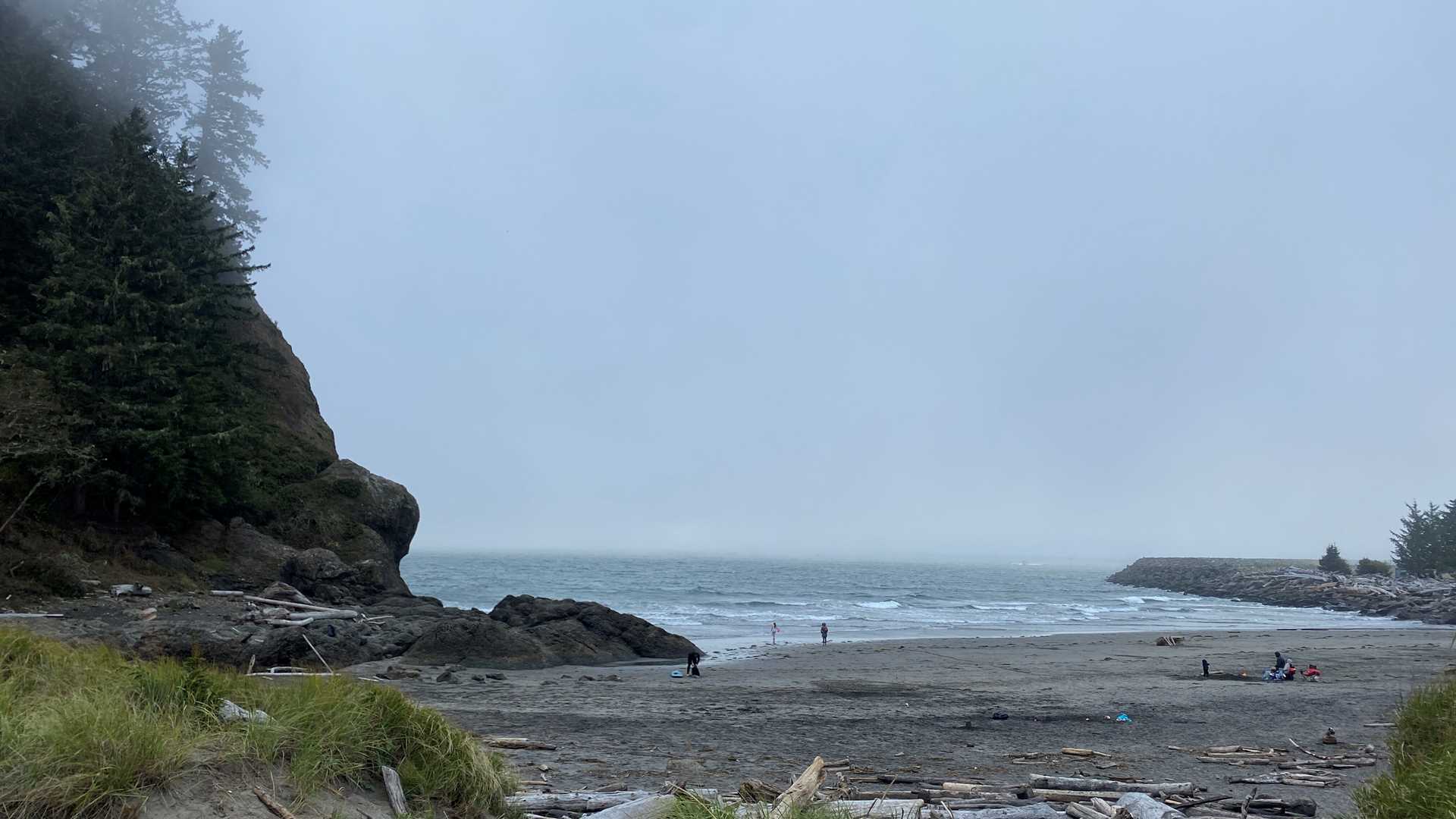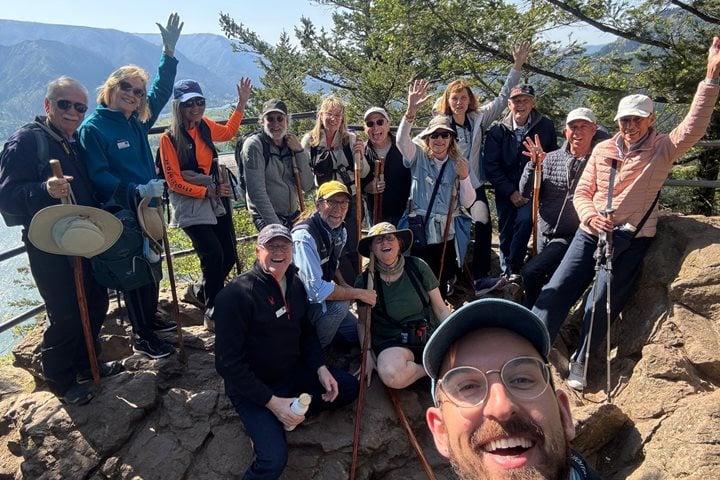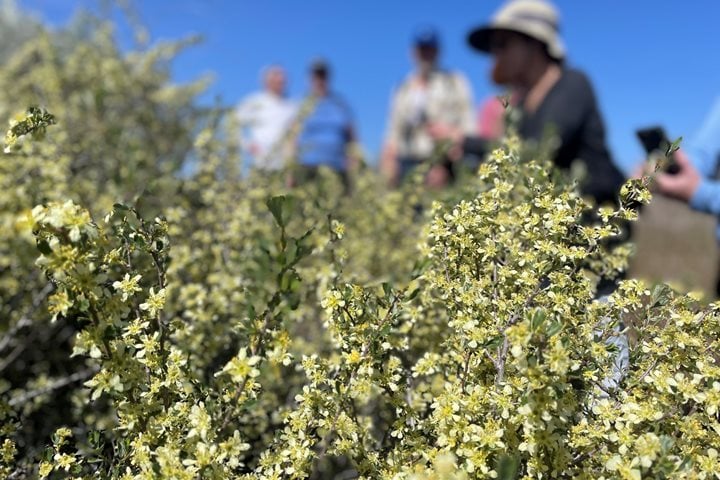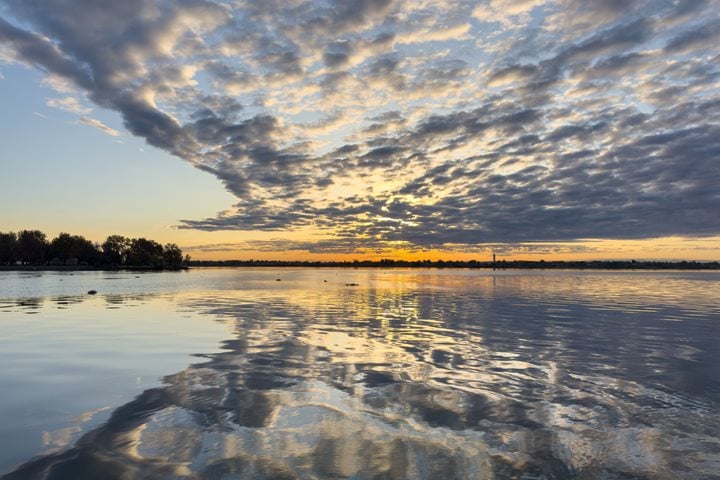Today’s expeditions visited some iconic locations around Astoria, Oregon at the mouth of the Columbia River. Dubbed “the Graveyard of the Pacific,” this estuary is one of the most dangerous river-to-ocean crossings in the world. Evidence of the treacherous waters and man’s attempt to control the forces of nature were abundant today.
One of our voyages took us to Cape Disappointment, named by British Captain John Meares in 1788. As Mears sailed by, he saw the mouth of the river, but mistakenly thought it was just a bay. Disappointed by his “discovery,” he adopted the moniker that exists to this day. The Cape, boasting an operational lighthouse, displays the awesome power of the Pacific Ocean and the Columbia River crashing together, although somewhat tamed by several jetties. On a visit to Waikiki Beach, we were able to walk along one section of Maya Linn’s Confluence Project, a series of interpretive constructions that help tell the story of the Native communities that lived along the Columbia River for thousands of years pre-contact. Atop this cape sits the Lewis and Clark Interpretive Center, with a fantastic and more traditional telling of the saga of the Corps of Discovery.
Back in the town of Astoria, we toured the Columbia River Maritime Museum, an institution that embraces the river and tells the tale of its shipping history. With interactive displays on topics such as shipwrecks, the fishing industry, and the dangerous job of the Columbia River Bar pilots, we were reminded of the deadly crossings and provided with opportunities to discover more about the region. Upon entering the museum, we saw a massive graphic display illustrating the over 2,000 shipwrecks and the resulting 700 souls lost.
Astoria was indeed a day of discovery and exploration in the oldest American settlement west of the Rocky Mountains.







